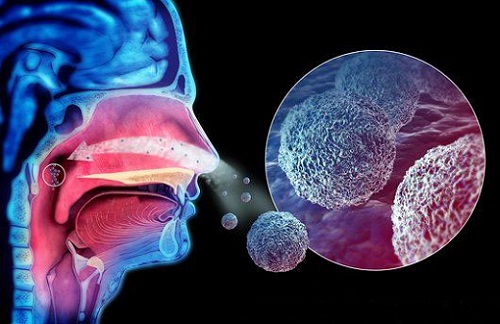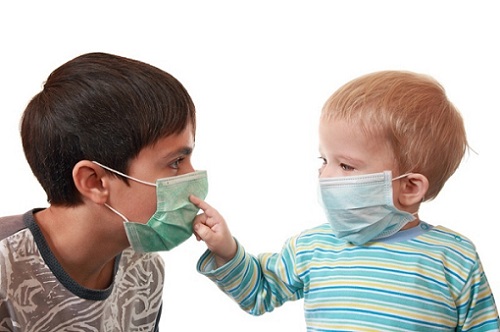The term "incubation period" means the time interval during which the virus is present in the body hidden, without any clinical manifestations. What is the incubation period for respiratory viral infections? When to expect unpleasant symptoms?
Symptoms of SARS do not appear immediately
The incubation period of SARS in children
In children, the incubation period of ARVI lasts somewhat less than in adults. This is due to their high susceptibility to various infections. In addition, the incubation period is determined by the type of pathogen: in some cases it is several hours, in others the disease manifests itself after 4–5 days.
For influenza, the latent period ranges from 2-3 hours to two days, much less often its duration is 72 hours. Whereas the duration of the incubation period for avian influenza is on average 7 days.
Respiratory inflammation caused by the parainfluenza virus usually appears 3-4 days after the infective agents enter the body. The onset of the disease is usually subacute, the intensity of clinical manifestations increases by the third day of the disease. In rare cases, the onset of the disease is acute.

Depending on the cause of the disease, the incubation period in a child may be different in time.
Adenovirus infection manifests itself 5-7 days after infection. In some cases, the first symptoms are observed only 9–11 days after infection. The onset of the disease is usually acute, in some cases the infection develops gradually.
The incubation period of infection caused by respiratory syncytial viruses averages from 3 to 5 days. The infection develops rapidly.
Rhinovirus infection proceeds latently from 1 to 6 days. Then there are - weak signs of intoxication and catarrhal syndrome, expressed by a runny nose, sneezing, less often reddening of the eyes and tearing.

With a rhinovirus infection, symptoms may not appear for up to six days.
Diseases caused by coronary viruses appear 3-5 days after infection. The symptoms of a corona virus infection are similar to those of a rhinovirus infection.
How long does a patient remain contagious
It is widely believed that a person (both an adult and a child) remains contagious for only 72 hours after the onset of the first signs of SARS, and a little longer - 5 days for influenza. However, this is not true. From the patient, viruses can be transmitted throughout the entire time that he has certain symptoms of the disease - fever, rhinitis.
And more importantly, the virus can be transmitted from a sick person during the latent period, a day before the first clinical signs of the disease appear. Those. a person can carry infectious microorganisms without even suspecting that he himself is sick.

The disease can be transmitted until the patient is completely cured.
The course of taking antibacterial or antiviral drugs is designed for at least 5 days. The duration of the therapeutic course, as a rule, is determined by the life cycle of microorganisms against which a drug is active. If the course of treatment is shortened, then the pathogenic flora will again begin to develop intensively, spread throughout the body and be transmitted to others.
In the video, Dr. Komarovsky will talk about why a cold is not contagious. We draw your attention to the fact that a cold is a disease caused by hypothermia, and this is not SARS at all, although many people think that SARS and a cold are the same disease.
